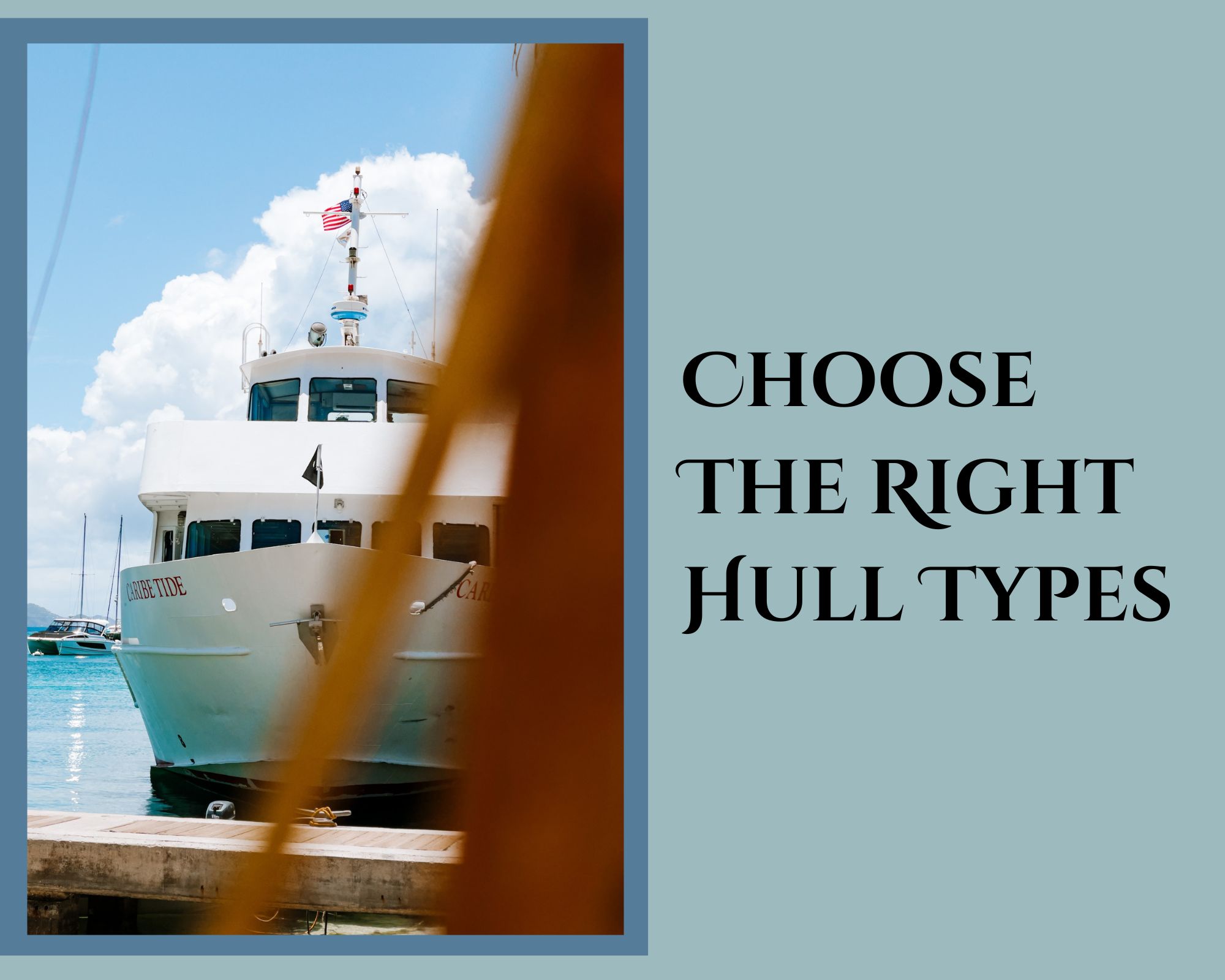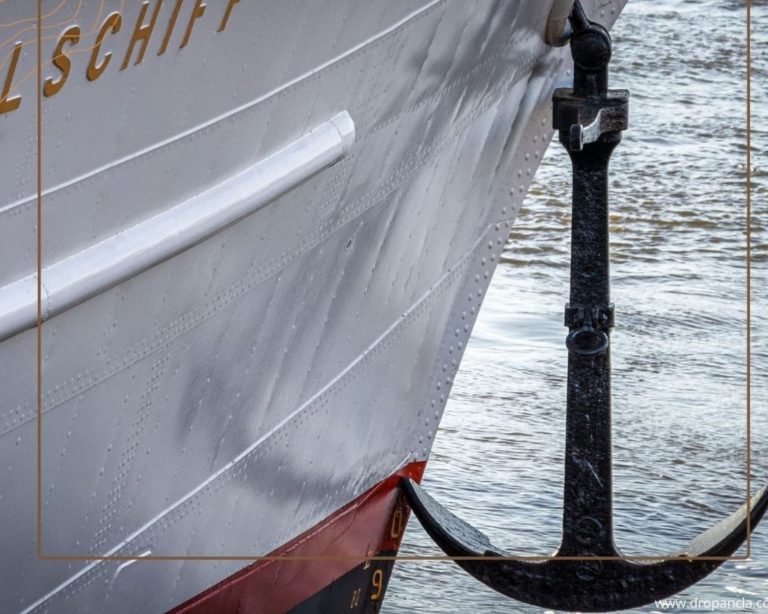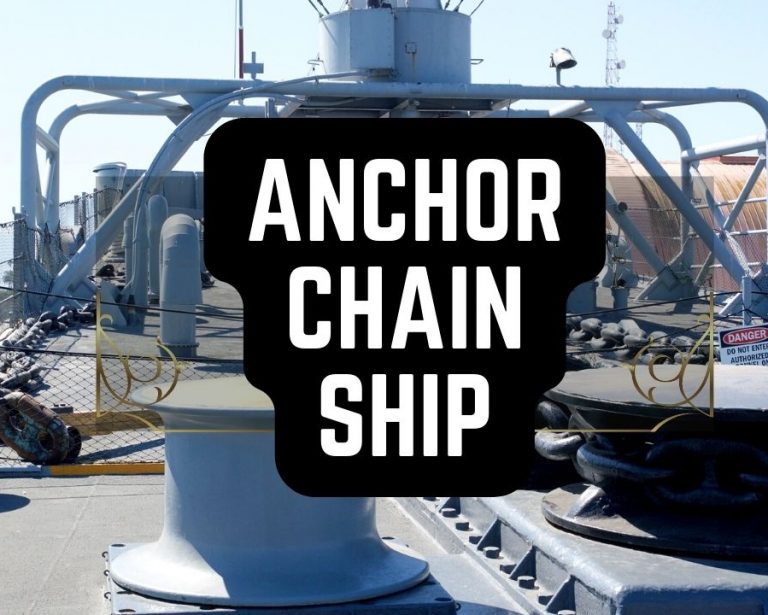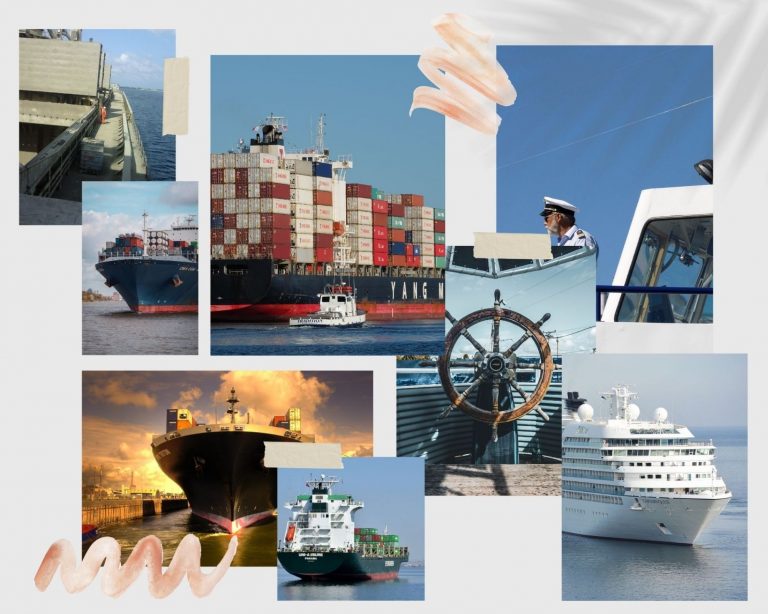Choose The Right Hull Types For Your Vessel For Smooth Sailing Experience!
Are you a boat enthusiast? Then you must have heard about many different boat hull types out there. But did you know that there are differences in each hull type? They also have different advantages and disadvantages. What are they? What is the best hull for each water condition? Keep reading to find out. In this article, we explore different hull types and their characteristics.
What is a hull? The body of a boat is known as the hull. It sits in the water and supports the rest of the boat’s structure. Hull’s shape and design control the following things.
- How the boat moves through the water
- How fast it can go
- How much fuel does it consume?
- How stable it is in different conditions
- How comfortable it is for the passengers
Now you can see how vital the hull is to a boat. There are three types of hulls. Let us understand what they are next.
Types of Hulls | Hull Types
There are three categories of hulls.
- Displacement hulls
- Planing hulls
- Semi displacement hulls
Let us find out more about each hull type.
Displacement Hulls
Boats have displacement hulls to push the boat through the water. They displace a volume of water that equals their weight. And the boat creates a wave as they move forward. Following are some examples of displacement hulls.

Round-Bottom Hull
In this hull, you can explore a smooth and rounded shape. This shape helps to reduce drag and turbulence. You can easily maneuver a round-bottom hull. And you can experience a smooth ride. But there is a chance that the round-bottom hull can roll a lot in choppy waters. Boaters use a round-bottom hull mostly for sailboats, canoes, kayaks, and rowboats.

Catamaran Hull
There are two parallel hulls connected by a deck or a bridge in a catamaran hull. Catamaran hulls have wide beams. It gives stability to the boat and helps reduce rolling. They also have less wetted surface area than a single-hull boat of the same size. It reduces drag and increases speed. Boaters mostly use catamaran hulls for racing, cruising, ferries, and fishing boats.

Trimaran Hull
There are three hulls in this displacement hull. You can find a main central hull and two smaller outrigger hulls on either side. Trimaran hulls give you stability, speed, and efficiency. They also have more space on the deck. You can use that deck space for storage or accommodation. Boaters mostly use trimaran hulls for sailing, power, and military vessels.
Planing Hulls
How to rise above the water and glide on top of it at high speeds on a boat? Have a planing hull boat. They displace less water than their weight. It creates less drag and more lift. Following are some examples of planing hulls.
Flat Bottom Hull
Are you trying to find a hull that is easy to operate? Try a flat bottom hull. It has a flat or slightly curved shape. Due to this shape, the flat bottom hull can skim over the water with minimal resistance. You can easily build it and maintain it. The only drawback is they can be noisy and bumpy in rough waters. Boaters use flat-bottom hulls mostly for small boats such as skiffs, jon boats, dinghies, and jet skis.

Deep V-Hull
This hull has a sharp V-shaped angle at the bottom. You can see how it cuts through the water like a knife. It gives you a smooth ride in choppy waters by slicing through waves rather than bouncing over them. You can also experience good directional stability and handle at high speeds with Deep V-Hull. But it also has more drag than other planing hulls. This additional drag can reduce fuel efficiency and acceleration. Boaters use deep V-hulls mostly for offshore powerboats, sportfishing boats, cruisers, and runabouts.

Modified-V Hull
This planing hull has a softer V-shaped angle at the bottom than a deep V-hull. It compromises speed and comfort by combining some of the characteristics of flat-bottom and deep V-hulls. You can experience less drag than a deep V-hull but more stability than a flat-bottom hull. You ride moderate waves with modified-V Hull. But it cannot handle very rough waters. Boaters use modified-V hulls mostly for recreational boats such as bowriders, deck boats, center consoles, and cuddy cabins.
Stepped Hull
The stepped hull has one or more steps or notches along the bottom. They create air pockets under the boat. What do these air pockets do? They help reduce friction and drag by lifting the boat out of the water. They also increase speed and fuel efficiency by reducing wetted surface area. But they also reduce stability and handling by making the boat more prone to sliding or spinning out at high speeds or sharp turns. Boaters mostly use stepped hulls for racing, speed, and performance boats.
Pontoon Hull
This planing hull has two or more cylindrical tubes or pontoons attached to a flat deck or platform. You can see a large surface area on pontoon hulls. It provides stability and buoyancy to the hull. They also have a low draft. Therefore, they can operate in shallow waters. But they also have high drag. This limits their speed and maneuverability. Boaters use pontoon hulls mostly for party boats, houseboats, and barges.
Planing Hull vs Displacement Hull
You will experience slowness in displacement hulls, but they are efficient. How? When your boat has displacement hulls, you can travel long distances with less fuel. They are also stable and seaworthy. Therefore, you can travel in rough waters and heavy loads when your boat has displacement hulls.
Planing hulls are usually fast, but you could face a major issue with them. They consume more fuel than displacement hulls. So they are inefficient. They are also less stable and seaworthy than displacement hulls. Therefore you should use them for calm waters and light loads.
Semi Displacement Hulls
Semi displacement hulls have the features of displacement and planing hulls. You can operate them below and above the waterline depending on their speed and load. They give you more speed than displacement hulls. And they are more comfortable than planing hulls. Following are some examples of semi displacement hulls.
Semi Displacement Round-Bottom Hull
This hull has a rounded shape similar to a displacement round-bottom hull but with flatter sections near the stern. It offers good seakeeping ability. It is also comfortable at low to medium speeds. But it can also plane at higher speeds with enough power. Boaters use semi displacement round-bottom hulls mostly for trawlers, motorsailers, and long-range cruisers.

Semi Displacement V-Hull
This semi displacement hull has a V-shaped angle similar to a planing deep V-hull. But it has softer sections near the bow. Using this hull, you can experience good performance and handling at medium to high speeds. But it can also operate efficiently at lower speeds with less power. Boaters use semi displacement V-hulls for sport fishing, express cruisers, and patrol boats.
Conclusion
There are many different hull types. In this article, we explained each hull’s pros and cons. So, is there one best type of hull for every situation? No. Then what can you do when choosing a boat? When choosing your boat, You should consider speed, fuel efficiency, stability, comfort, load capacity, draft, and cost.





